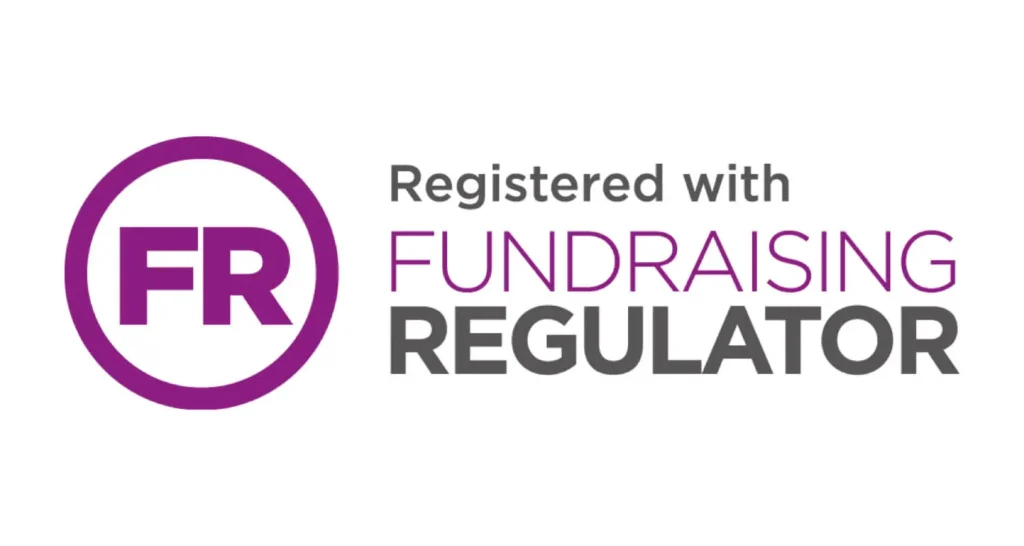What is self harm?
Self-harm refers to deliberately inflicting injury or damage to one’s body without suicidal intent. It’s often used as a coping mechanism to deal with overwhelming emotions, distress, or pain. Common methods of self-harm include cutting, burning, hitting, or scratching oneself.
How can self harm affect you?
- Emotional Well-being: Self-harm is often associated with intense emotional pain, such as depression, anxiety, trauma, or low self-esteem. It can provide temporary relief from emotional distress but may lead to feelings of guilt, shame, or worthlessness afterward.
- Physical Health: Self-harm can result in physical injuries, scars, infections, and long-term health complications. It may also increase the risk of accidental overdose or self-injury.
- Social Functioning: Self-harm can strain relationships, lead to social withdrawal, and affect interactions with family, friends, or peers. Individuals may feel isolated or misunderstood due to the stigma surrounding self-harm.
Signs of self harm
- Physical Signs: Unexplained cuts, bruises, burns, or scars on the body, particularly in areas that are easily hidden.
- Emotional Signs: Expressions of distress, such as sadness, anxiety, anger, or irritability. Difficulty coping with emotions or stressful situations.
- Behavioural Signs: Secretive behaviour, wearing long sleeves or clothing to cover injuries, frequent isolation or withdrawal from social activities.
Managing self harm
- Therapy: Psychotherapy, such as dialectical behaviour therapy (DBT), cognitive-behavioural therapy (CBT), or psychodynamic therapy, can help individuals understand and address underlying issues, develop healthier coping strategies, and learn alternative ways to manage emotions.
- Medication: In some cases, medication may be prescribed to manage co-occurring mental health conditions such as depression, anxiety, or obsessive-compulsive disorder, which may contribute to self-harm.
- Crisis Intervention: Establishing a safety plan and accessing crisis intervention services or hotlines can provide support during times of acute distress or urges to self-harm.
- Self-Care: Engaging in self-care activities that promote well-being, such as exercise, relaxation techniques, creative outlets, and healthy coping mechanisms, can help reduce the urge to self-harm.
- Social Support: Building a support network of trusted friends, family members, or support groups can provide understanding, encouragement, and accountability in recovery.
Where to get help
Speak to your GP:With proper treatment and support, individuals can learn to cope with emotions, develop healthier coping strategies, and reduce the urge to self-harm.
Charities and Organisations:
Harmless.org – Supports people who self harm and their friends and family.



